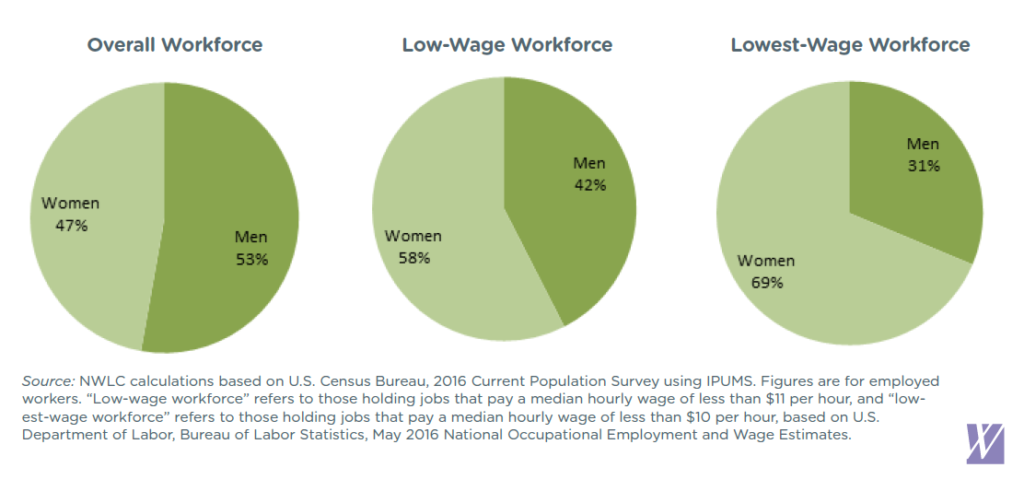
Bishop William Barber and Rev. Dr. Liz Theoharis led a mass meeting in Charlotte, North Carolina
With the re-launch of the Poor People’s Campaign over fifty years after the call by the Rev. Dr. Martin Luther King Jr, Fight for $15 joined the new movement launch with a one day strike and rallies of low wage service workers across the South, in memory of the Memphis sanitation strike. On Feb. 12, 1968, the strike began after two co-workers died on the job and drew the attention of the Rev. Dr. Martin Luther King Jr to the location where he was killed.
Across the Mid-south, there were more than 30 demonstrations, and fast-food workers went on strike for a day. The protest served as uniting of the coalition between the Fight for $15 Movement and the Campaign, which focuses on shared goals: the push for a $15 hourly wage, and the right to unionize and the right to organize. Rev. William Barber of North Carolina, one of the co-founders alongside Rev. Dr. Liz Theoharis, explained, “Both of our movements will do whatever it takes to ensure everyone has a living wage, a strong union and the right to organize for their rights so we can unrig America’s broken politics and lift people of all races out of poverty.” The movement will kick off in May, on Mother’s Day, with six weeks of direct action and nonviolent civil disobedience in effort to address the issues of racism, poverty, militarism and ecological disaster.
The re-launch of the campaign is in response to the Trump administration’s rising hostility and white nationalist backlash to the progress of women and minorities: “We’re witnessing fundamental changing our demographics around the world. We see extremist policies in America today and it’s driven by the growing blackening and browning of America and a fusion of every creed, color and class.”
The federal government has invested only $183 billion of its budget in social programs but has relocated a $630 billion to the Department of Defense for the country’s continuous wars. That money could be spent lifting people out of poverty and helping them get the necessities of food, shelter, heat and air conditioning, and other basics. Today in America, nearly 140 million people, including 31 million children, are poor or near-poor; and the country has a growing trend of adults who work full time hours but are considered impoverished.
Low-wage work has fallen on the shoulders of women who, according to the National Women’s Law Center, make up 60% of the workforce. Low wage workforce typically pays $11 per hour; in jobs paying less than $10 per hour, women make up 70% of those workers. Women primarily are bearing the consequences of the Trump administration’s attack on social welfare programs in the United States, and that trend is only likely to continue, such as replacing SNAP benefits with a food delivery service and calling for additional Medicaid work requirements.
It is symbolic and important that the launch would begin on Mother’s Day, as women and mothers are those who most need the campaign to succeed.

(Photo Credit: Facing South) (Infographic Credit: National Women’s Law Center)